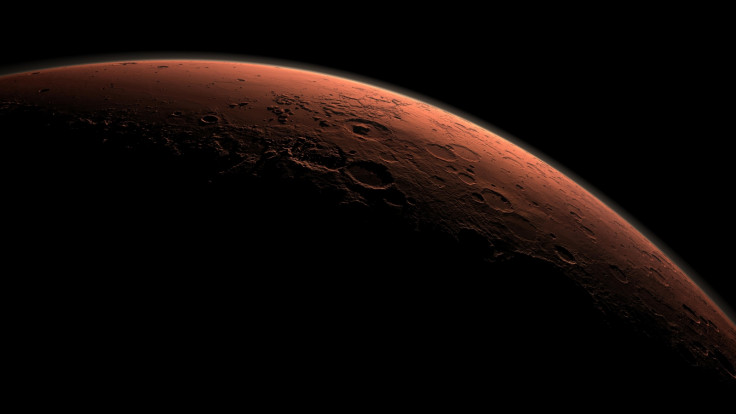Nasa plans to protect Mars with a magnetic shield to give it an Earth-like atmosphere
Nasa believes a magnetic field around Mars could help further human exploration and colonisation.
Nasa scientists have proposed deploying a magnetic shield around Mars to protect its atmosphere from solar wind, in efforts to help the planet achieve a more Earth-like atmosphere. The plan was presented by Nasa's Planetary Science Division's (PSD) director Dr Jim Green, at a workshop event hosted last week in Washington DC.
PSD hosted the workshop between 27 February to 1 March, which saw numerous scientists and researchers across the globe make their way to the US capital to attend discussions and presentations about the future of space exploration. It was here that Green, in a talk titled "A Future Mars Environment for Science and Exploration", discussed how deploying a magnetic field could help further human exploration and eventual, possible colonisation of Mars, Universe Today reported.
Dr Green explained that launching a magnetic field to a stable orbit between Mars and the sun, called MarsL1, thereby creating an artificial magnetosphere, would help protect the Red Planet's atmosphere from solar wind and radiation.
"A greatly enhanced Martian atmosphere, in both pressure and temperature, that would be enough to allow significant surface liquid water would also have a number of benefits for science and human exploration in the 2040s and beyond," said Green. "Much like Earth, an enhanced atmosphere would: allow larger landed mass of equipment to the surface, shield against most cosmic and solar particle radiation, extend the ability for oxygen extraction, and provide "open air" greenhouses to exist for plant production, just to name a few."

According to the current scientific consensus, Mars is believed to have once had a magnetic shield that protected its atmosphere. However, this shield was believed to have disappeared, around 4.2 billion years ago, causing the Red Planet's atmosphere to slowly erode and be lost. This also saw Mars' atmosphere transform over the next 500 million years, from a warmer and wetter environment to a cold, uninhabitable place that it currently is known to be.
Mars orbiters such as Nasa's Maven (Mars Atmosphere and Volatile Evolution Mission) and the ESA's Mars Express have reportedly confirmed this theory, also determining that solar wind was responsible for eroding Mars' atmosphere.
Mars' current atmosphere poses a serious challenge to manned missions — which Nasa hopes to launch by the 2030s. Astronauts would be faced with radiation exposure, danger of asphyxiation and more. However, in efforts to address these dangers and mitigate them, Dr Green and a group of researchers chalked out the ambitious idea of creating an artificial magnetosphere for Mars, which could help the planet's atmosphere to naturally thicken over time.
Theoretically, this could open up new possibilities, including triggering a greenhouse effect, warming the atmosphere to an extent that polar ice caps would melt. This could lead to around 1/7<sup>th of Mars' oceans, which once covered the planet, billions of years ago, to be restored.
However, Dr Green and his colleagues acknowledged that the idea may be a bit "fanciful". Despite the futuristic aspect of the idea, Nasa scientists may work on exploring the concept, taking Mars exploration and colonisation that much closer to reality.
© Copyright IBTimes 2025. All rights reserved.






















